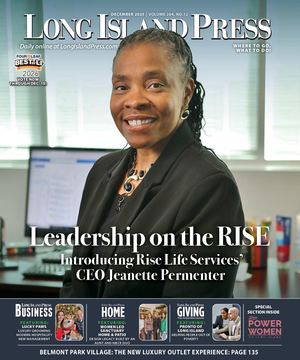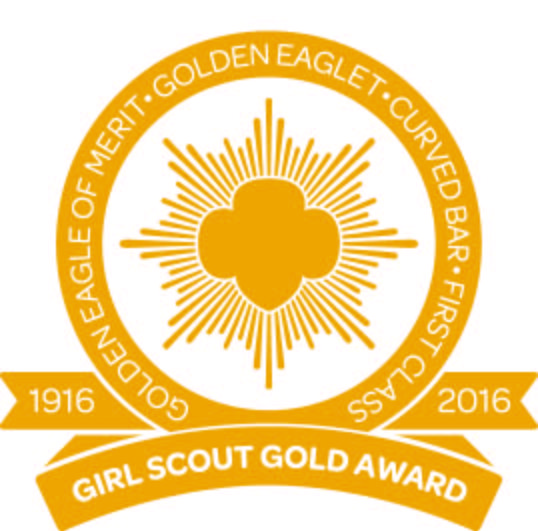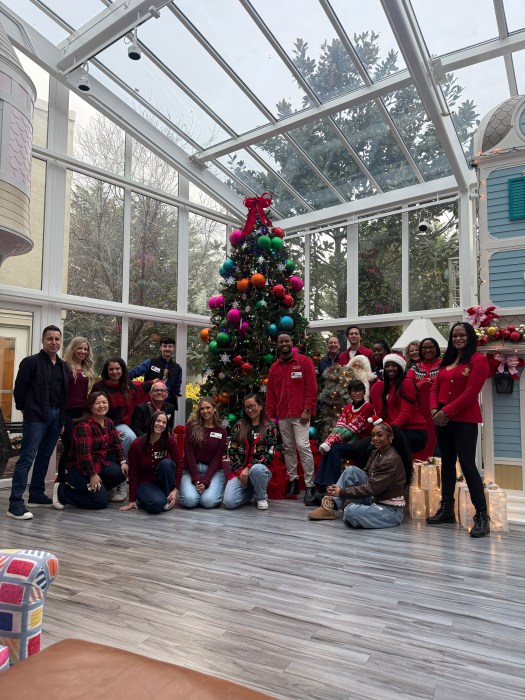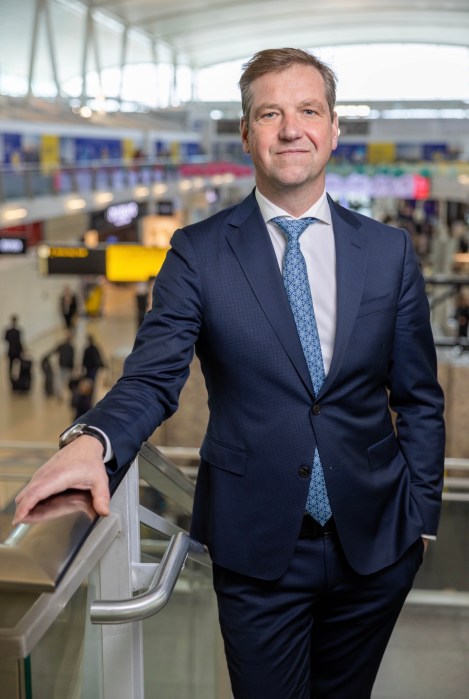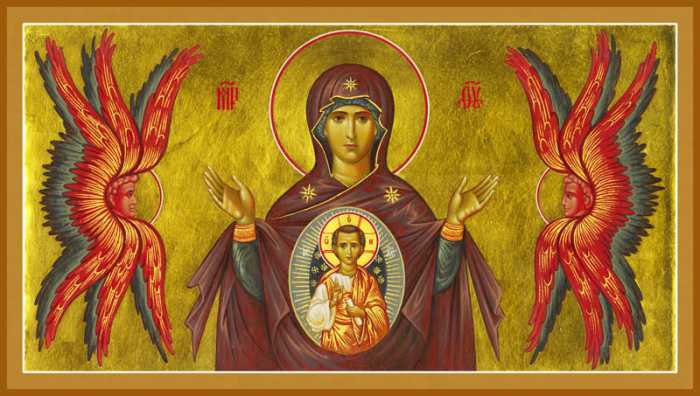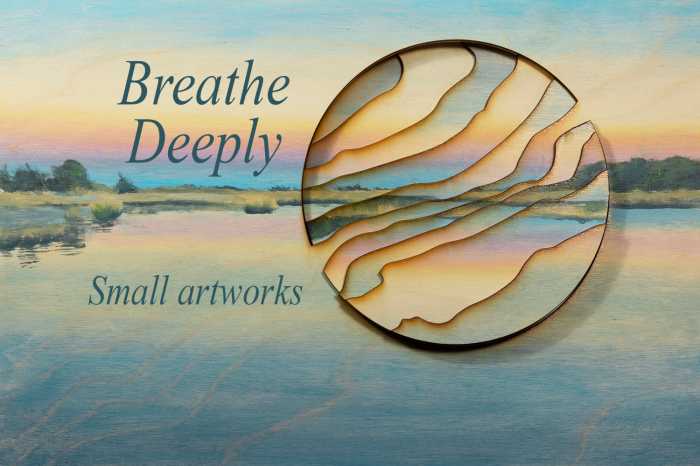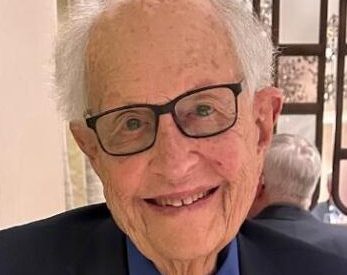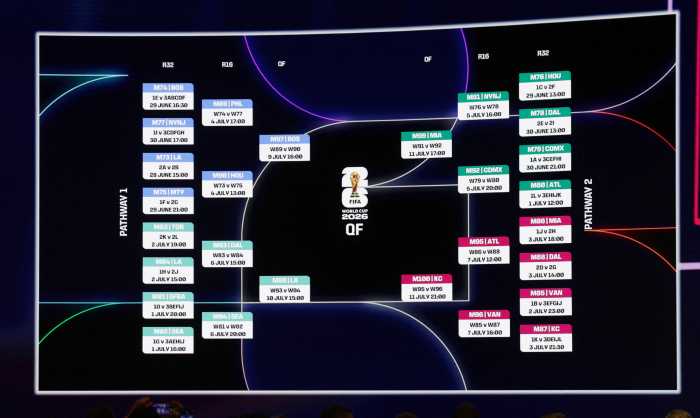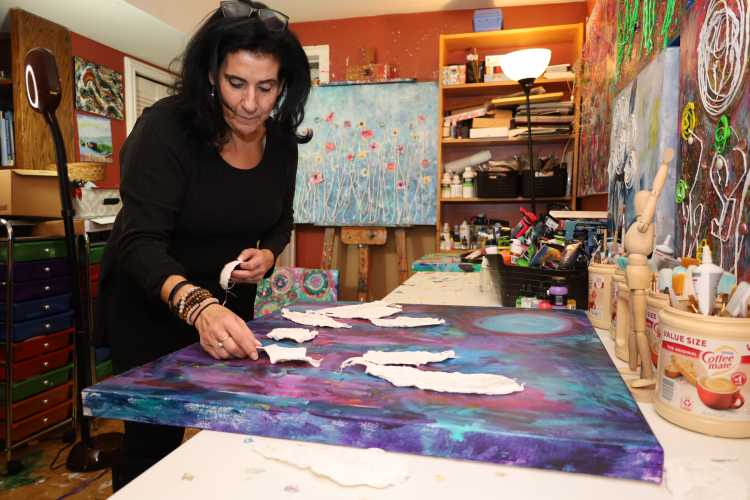Girl Scouts Set Gold Standard In Centennial—Part 2
The Girl Scout Gold Award represents the highest achievement in Girl Scouting. It is open only to girls in high school. This year marks the 100th anniversary of the Gold Award. Starting in 1916, the best and brightest young women undertook projects that improved their communities—and the world. The Gold Award has evolved from its inception in 1916. The Golden Eaglet, the highest award in Girl Scouting from 1916 until 1939, marked the beginning of a long tradition of recognizing the extraordinary efforts of extraordinary young women. Although it has undergone several name changes through the years (i.e., the “Curved Bar” from 1940 until 1963, “First Class” from 1963 until 1980, and the “Gold Award” since 1980), the Gold Award has inspired girls to tap into the greatness inside themselves and share their ideas and projects with their communities. The Girl Scout Gold Award is designed to be completed by an individual girl. Each girl working toward the award must spend a minimum of 80 ours planning and implementing a leadership project that puts the Girl Scout Promise and Law into action and makes a positive and sustainable impact on her community. Nationally less than 6% of eligible Girl Scouts successfully earn their Gold Award. (continued from last week)
Lauren Moschitta’s Gold Award project, “Project Aquaculture—Cleaner Waters,” aimed to encourage the public to look after the environment and restore shellfish to the bays. She researched by collecting water samples throughout her project. She played a significant role in reducing water pollution and then went on to do presentations for her community on the dangers of pollutants and over-harvesting shellfish.
Obesity among school-age children has more than doubled in the past decade. Lack of physical activity has contributed to this epidemic.
Stephanie Palma’s Gold Award project promoted awareness of the value of fitness by creating “The Power of Dance in Easy Steps.” The project implemented a dance/Zumba program designed to provide an economical way of keeping fit and promoting positive self-esteem, healthy eating and having fun. In conjunction with the dance program, Palma created a book and quick videos with easy dance moves so that others can learn the power of dance. Her videos can be found on YouTube and a copy of her book and videos have been donated to Adventures in Learning to sustain her project.
Alexandra Steck was inspired to create her project, “Community Service Database,” after noticing the difficulty students have finding volunteer opportunities in one condensed location. As a high school student, Steck felt it would be beneficial to create a database students could access to find various volunteer opportunities that would help them fulfill their community service hours. She teamed up with her advisor at Manhasset High School to create a database of organizations that welcome high school volunteers. With the main goal of helping students find volunteer hours, she created an effective database that can now be updated as new opportunities for students arise. Students from other schools can access the database through the Long Island Volunteer Center’s website.
Through her project, “Sun Aware Skin Care,” Olivia Tartarian wanted to raise awareness about the harmful effects of UV rays and how over-exposure to the sun could lead to skin cancer. She put together an impressive team of dermatologists and companies that donated UV-sensitive beads (for bracelets) and UV-sensitive nail polish that changed color to warn individuals that they were being over-exposed to the sun. Tartarian participated in several events educating attendees about the dangers of overexposure. She also conducted workshops for children that attended the EOC. Tartarian donated 1,000 Sun Indicator Meter Athletic Tags to the Manhasset Soccer Club members for teams to become sun-aware while playing.
After the Manhasset School District eliminated teaching foreign languages to elementary school students, Jessica Thalmeier created her Gold Award project, “First Time French.” This gave individuals that wanted to learn a language a viable option.
“Reading Rocks,” Emily Treacy’s Gold Award project, encouraged reluctant readers to learn to enjoy reading by creating a fun-filled after-school program at the Economic Opportunity Council of Manhasset working through the Adventures in Learning program. After choosing the books, Treacy designed activities to bring the story “alive” for the participants.
Amanda Wysota took on the challenge of teaching senior citizens how to Skype and use Facebook through her Gold Award project “Social Seniors.” Social media has become a primary way for people to communicate and Wysota created a simple program that seniors could follow to learn how to use technology with ease. The material is now being used in local libraries and with Project Independence, a program for senior citizens.
Gold Award projects have positively impacted girls’ lives, their communities and the world for 100 years. Approximately one-million Girl Scout alumnae have developed Gold Award projects that addressed local or global issues. After identifying an area of interest, a successful Gold Award recipient performs hours of research and prepares a project proposal to be submitted for feedback and approval to the Girl Scouts Council before embarking on her project. The Girl Scout presents her final conclusions as the last step of the journey.
Lifelong value comes with having earned a Gold Award. According to the Girl Scout Research Institute, Gold Award recipients display more positive life outcomes pertaining to sense of self, life, satisfaction, leadership, life success, community service and civic engagement. Recipients of the award who enlist in the U.S. Armed Forces may receive advanced rank for their achievements and can receive scholarships or other recognition from most colleges or universities.
To volunteer, reconnect, donate or join, visit www.gsnc.org or contact Donna Rivera-Downey at 516-741-2550.
